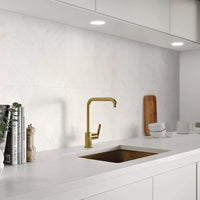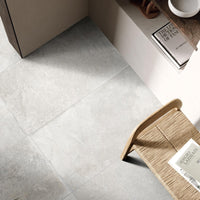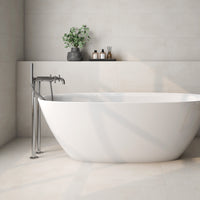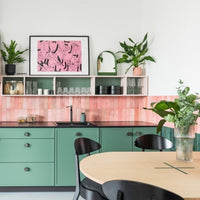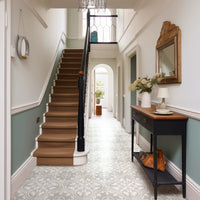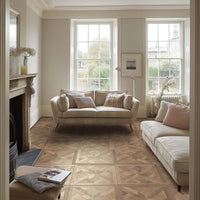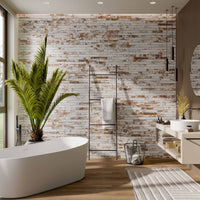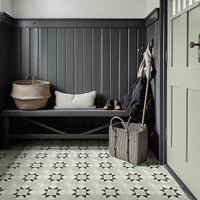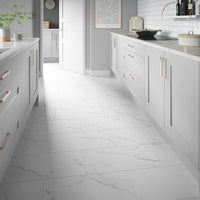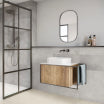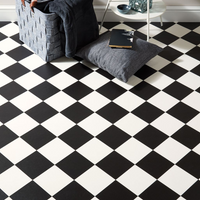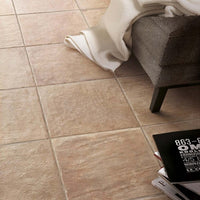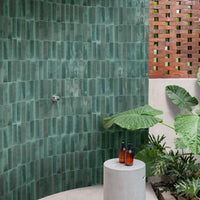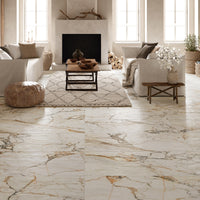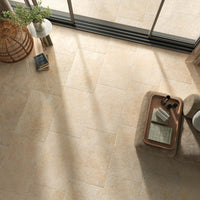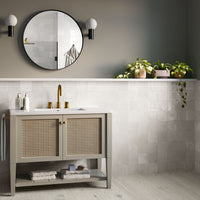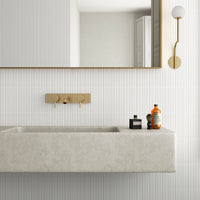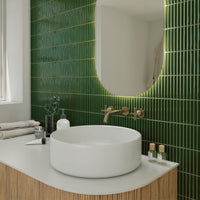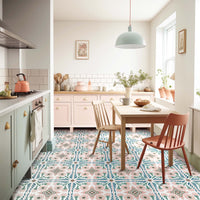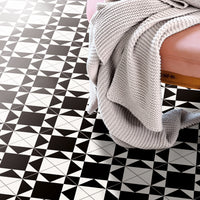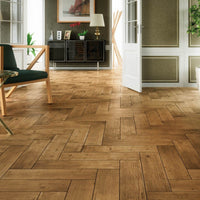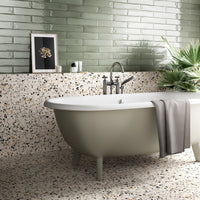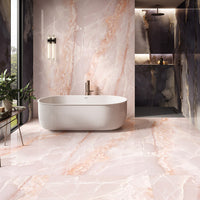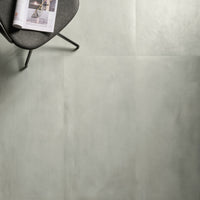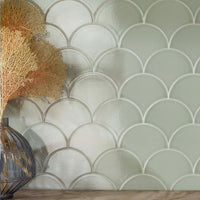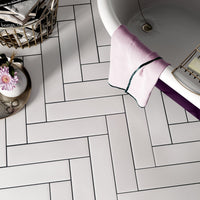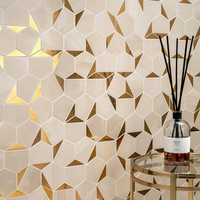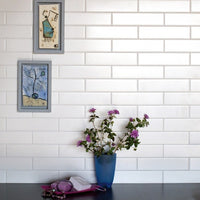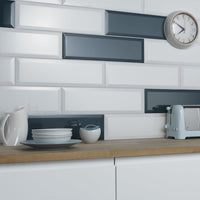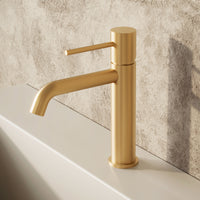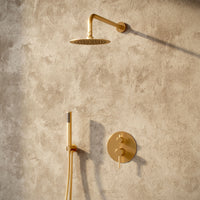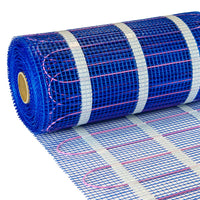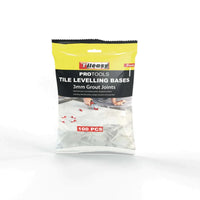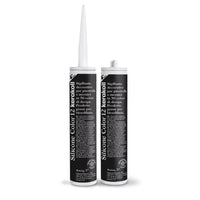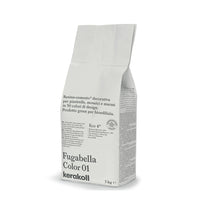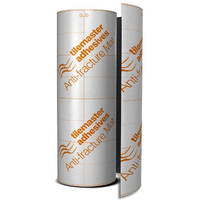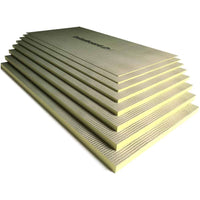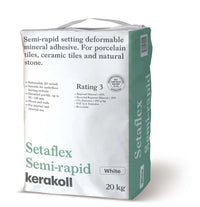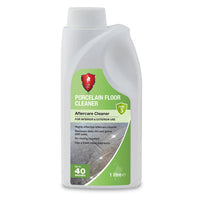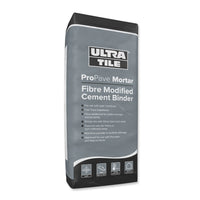It may come as a surprise to many, for whom tiles are an infrequent purchase, that ceramics is a fast-moving fashion industry. Yet today, with advances in production technology such as digital inkjet decoration, the pace of innovation is faster than ever.
Much like high street fashion, the latest ceramic tile designs are displayed to potential buyers at events. But, rather than a catwalk show, we get to see all that’s new in the wonderful world of ceramics at dedicated trade exhibitions. For the major European manufacturers – the source of the majority of Porcelain Superstore’s designs – there are two key dates in the diary: Cersaie in Bologna, Italy, at the end of September; and Cevisama in Valencia, Spain, at the start of February. For North American buyers, there is also Coverings, held this year in New Orleans in mid-April.

These well-attended shows bring together literally hundreds of manufacturers, each showing their latest designs. Some are ranges already in production; others prototypes created to gauge customer reaction. These shows are really exciting events for tile buyers/lovers the world over; as there will be more than 20,000 new designs on display at each event. It is our role to recognise the overall trends, identify the best examples, and then source these ranges for our customers. It’s an exciting and, at times, quite stressful process.
So a few weeks ago the whole of Porcelain Superstore’s buying team flew out to Valencia to cast our eyes over the feast of colour, pattern, and form that was Cevisama 2020. We visited our existing suppliers, and also sought out new sources to keep our product portfolio fresh, exciting, and relevant.
Over the next few weeks we will be sharing our highlights from the show: both new designs we are delighted to be adding to our portfolio; and some of the interior design trends, and more idiosyncratic products, that caught our eye at Spain’s premier surface event.

Terracotta is back in fashion, so much so that the porcelain and ceramic stoneware manufacturers so prevalent in the Spanish tile sector are making their own contemporary versions of this rustic-looking product. Ranges available are either making a virtue of the warmth of the surface and offering monocolour tiles that are impressively saturated in colour – some brown or beige, others leaning towards orange – or experimenting with geometry. A number of brands, for example, are reinventing other styles of tile, such as 3D or hydraulic formats, by introducing earthy and clay tones into glazes and patterns.
In this arena, we were much taken by Delice: a fresh interpretation of the traditional cement tile, in line with the soft heritage trend that is very much in vogue among design professionals. Using the latest digital decoration technology, Delice is a study in the selection of shades. In contrast to the earlier designs, characterised by bright colours and accentuated geometry, this cement-effect tile is soft, discrete, and delicate.
[stnsvn-col-row][stnsvn-col-2]

[/stnsvn-col-2][stnsvn-col-2]

[/stnsvn-col-2][/stnsvn-col-row]
Delice’s base hues of Almond and Grey (above left and right respectively) generate an elegant and timeless design that can be placed on complete floors and walls, in specific areas by way of a carpet or rug for delimiting spaces or simply to provide a decorative feature. In addition, the range can be effortlessly combined with stone, marble, cement or wood-effect tiles with impeccable results, as shown below.
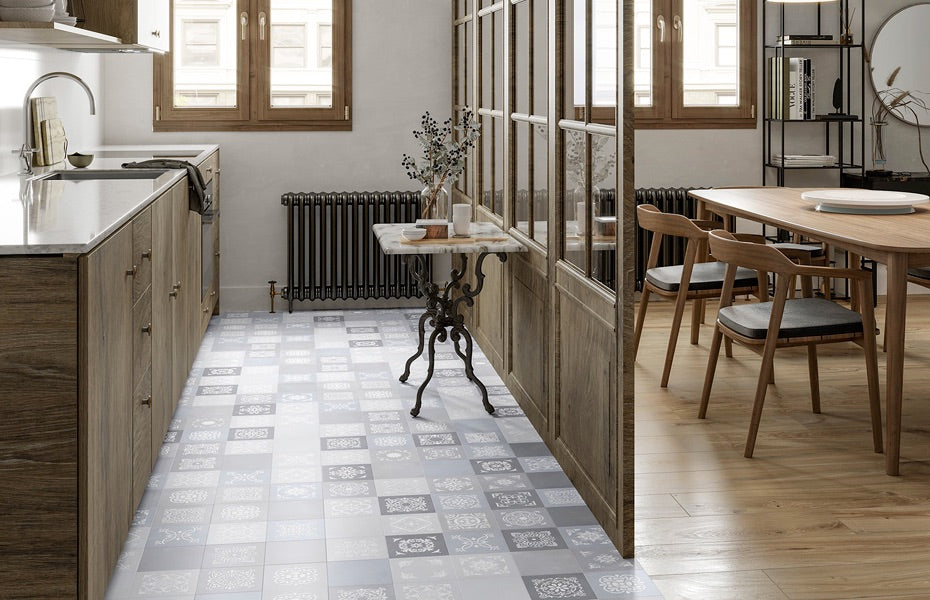
Delice brings to mind the charm of a craft product that emerged at the end of the 19th century in the south of France. At the same time is has all the practical benefits of porcelain in terms of durability and functionality.
It will soon be available from Porcelain Superstore in Grey and Almond, in a versatile 165 by 165mm format. We think this quiet, understated range will prove easy to live with for years to come.
